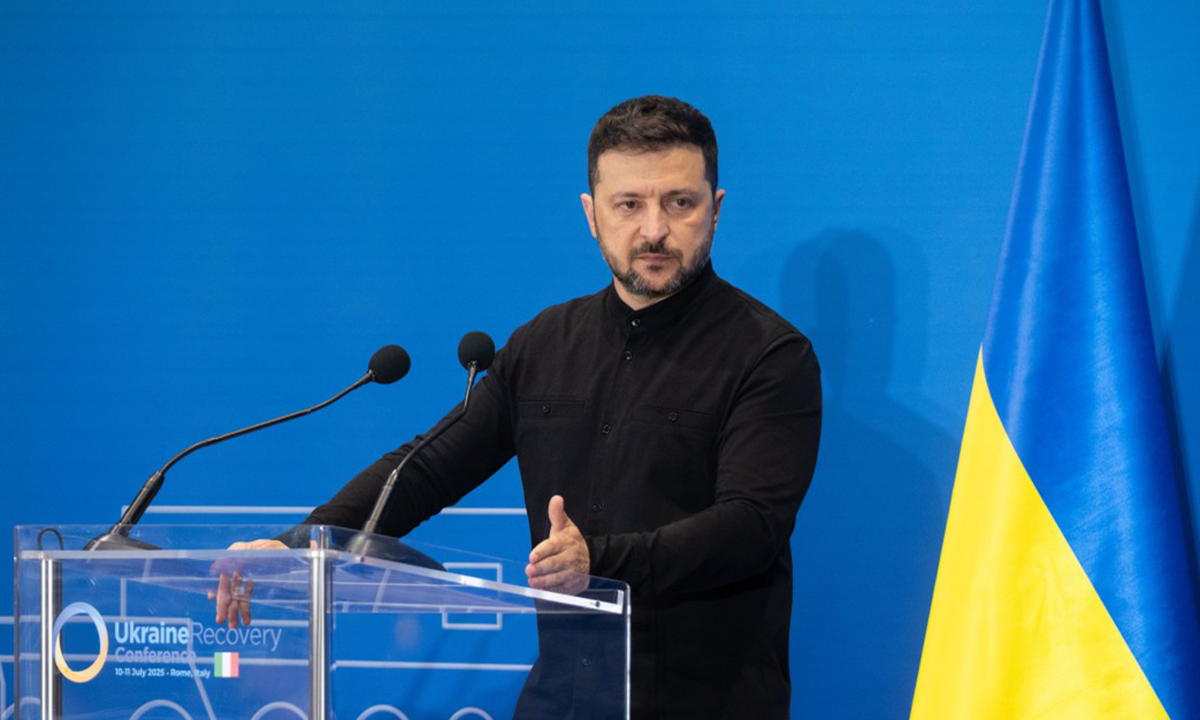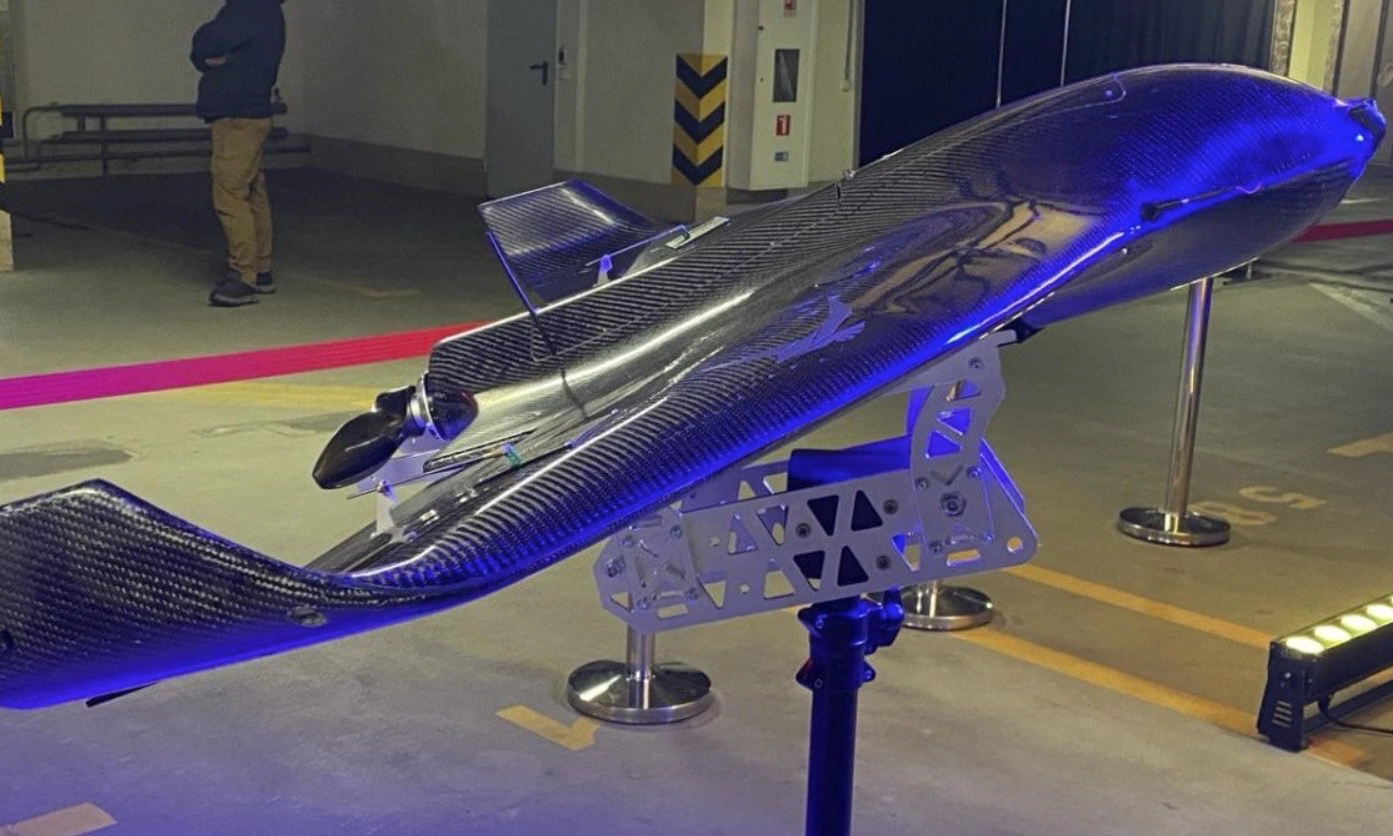President Volodymyr Zelensky, speaking at a press conference in Italy on 10/7, stated, "Russia wants to launch 1,000 unmanned aerial vehicles (UAVs) at Ukraine every day, but we will shoot them all down. The solution is interceptor UAVs. We can do this if our partners acknowledge everything I've shared and the budget is allocated appropriately".
Zelensky mentioned that several defense manufacturers already possess the technology to effectively counter Russia's Geran suicide drones. "We have found the solution. Four Ukrainian companies and a US-Ukrainian joint venture are producing the necessary aircraft models. What we need now is to scale up production," he added.
 |
Zelensky at a press conference in Rome, Italy, on 10/7. Photo: Office of the President of Ukraine |
Zelensky at a press conference in Rome, Italy, on 10/7. Photo: Office of the President of Ukraine
Interceptor UAVs are designed to shoot down enemy aircraft, primarily by colliding with them. Ukrainian forces on the front lines have long used first-person view (FPV) drones to counter Russian reconnaissance or suicide drones.
However, the Geran-2 has significantly greater speed and altitude than these drones, requiring Ukrainian forces to use specialized interceptor UAVs or deploy fighter jets and ground-based air defense systems.
In April, Ukraine first unveiled a UAV designed to intercept the Geran-2, stating it has a service ceiling of 5 km and a top speed of 200 km/h. The manufacturer claimed it had downed over 20 Geran-2s and 10 Russian reconnaissance UAVs in the preceding two months.
Russia has recently increased its use of suicide drones in coordinated air strikes against its neighbor.
Frontelligence Insight, a Ukrainian intelligence analysis group, reported that Russia has used a total of 28,743 suicide drones since the start of the conflict, with 2,763 used in June alone, representing 10% of the total. The group estimates Russia produced an average of over 60 Geran-2 long-range suicide UAVs per day, or nearly 1,850 per month, between February and April.
 |
The interceptor UAV unveiled by Ukraine in April. Photo: Militarnyi |
The interceptor UAV unveiled by Ukraine in April. Photo: Militarnyi
The US-based Institute for the Study of War (ISW) noted on 8/7 that increased production of long-range UAVs allows Russia to deploy more aircraft for daily attacks on Ukraine. This also enables Russia to use Geran-2s for frontline target strikes, rather than solely for attacks on infrastructure deep within Ukrainian territory.
In the early morning of 9/7, Russian forces launched a massive attack on several Ukrainian cities, deploying a total of 728 suicide and decoy UAVs along with 13 missiles of various types, marking Moscow's largest attack since the conflict began.
Ukraine claimed to have successfully intercepted 7 missiles and 296 suicide UAVs, along with 415 drones that went off course due to electronic countermeasures. The Ukrainian Air Force did not mention the 6 Kinzhal hypersonic missiles and the remaining 17 UAVs, but acknowledged that 4 areas were hit and debris fell in 14 locations.
Pham Giang (Ukrainska Pravda, United24)












